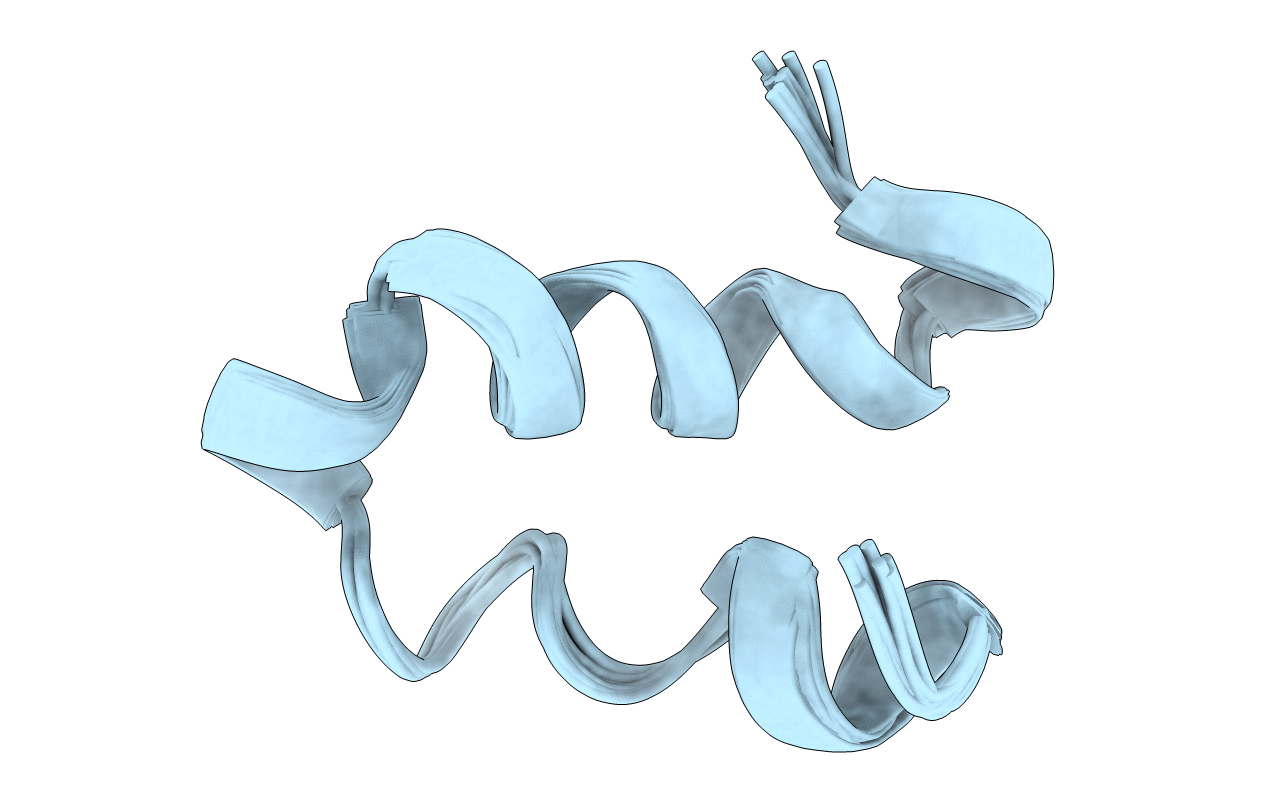
Deposition Date
2006-01-11
Release Date
2007-01-23
Last Version Date
2024-10-16
Method Details:
Experimental Method:
Conformers Calculated:
200
Conformers Submitted:
10
Selection Criteria:
structures with the lowest energy


